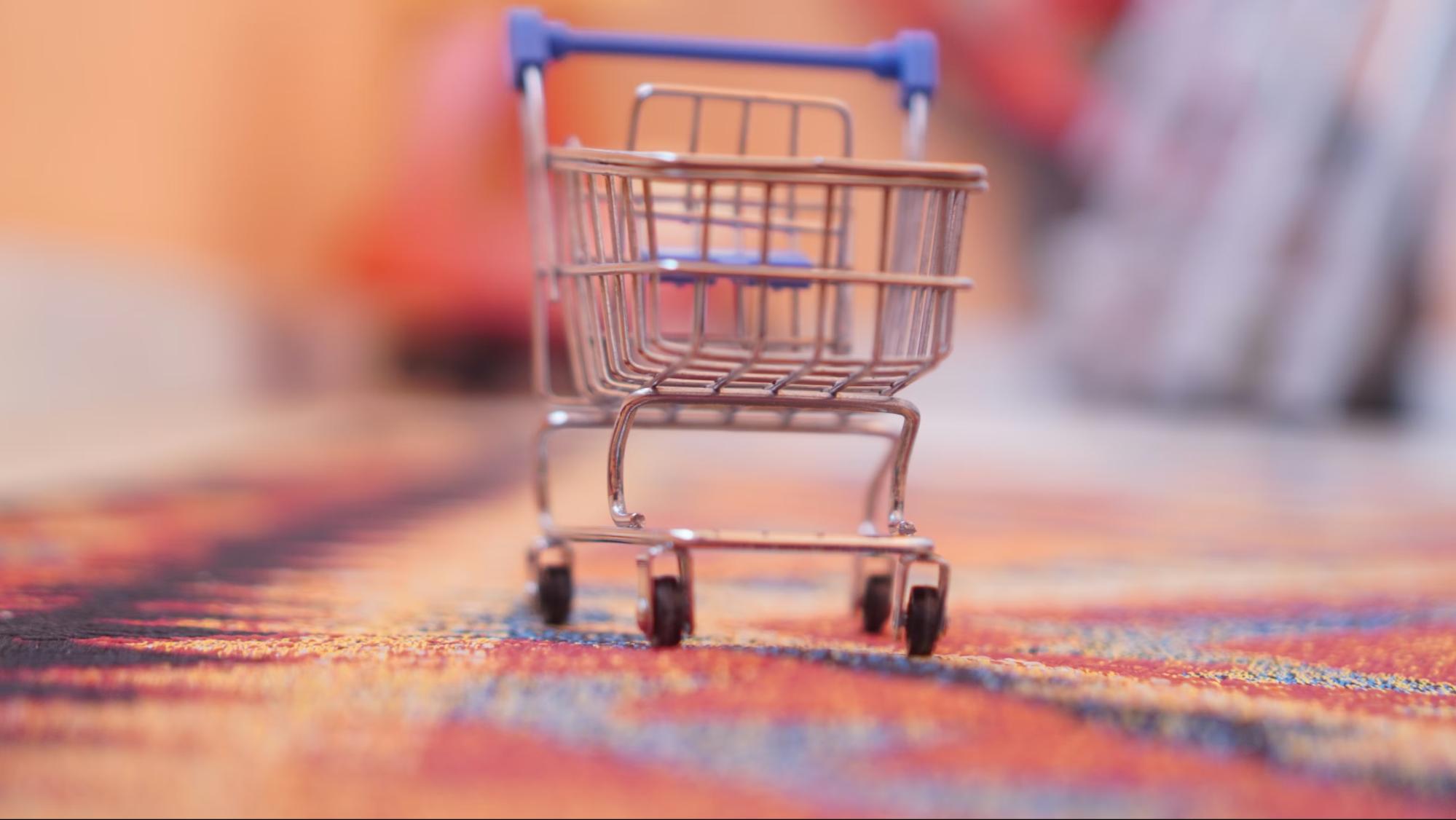A Simple Guide to Video Storytelling for Your Brand

Think about the last time a product video really stayed with you. Odds are, it wasn’t because of 4K resolution or studio lighting. It was something more intangible that hit close to home. Maybe it was the way those sneakers seemed to call out to you. Or how the coffee maker hissed exactly like your local café’s.
That’s video storytelling done right. Not content for content’s sake, but a way for brands to connect on a human level. Video storytelling works because it turns simple product showcases into narratives that stir emotion, solve problems, and earn trust.
It’s the difference between seeing a static photo of a rug and imagining the cozy mornings barefoot on its softness. Plus, with 95% of purchase decisions happening subconsciously, stories and emotions make more impact than any product spec ever could.
Below, we briefly unpack why video storytelling works so well for ecommerce brands and how to create authentic stories that turn browsers into buyers at scale.
What Video Storytelling Actually Means
Video storytelling is exactly what it sounds like: telling stories through video. But it’s not just narrating events or adding a voiceover while presenting a product. It’s about capturing a moment where that product matters.
This is what separates video storytelling from a typical product video. Where a standard product clip might show the fabric, color, or functionality of a product, video storytelling answers a deeper question: What role does this product play in someone’s life?
Take a watch brand, for instance. A typical ad may promote advanced tech functions and water-resistant features. A story-driven ad, however, may show someone diving into a lake, emerging with a grin, and checking the time, with the watch remaining dry and flawless.
To provide a real-world example, Garmin’s Instinct 2 Solar video shows its acclaimed wristwatch in various outdoor activities, from hiking to cycling to jogging:
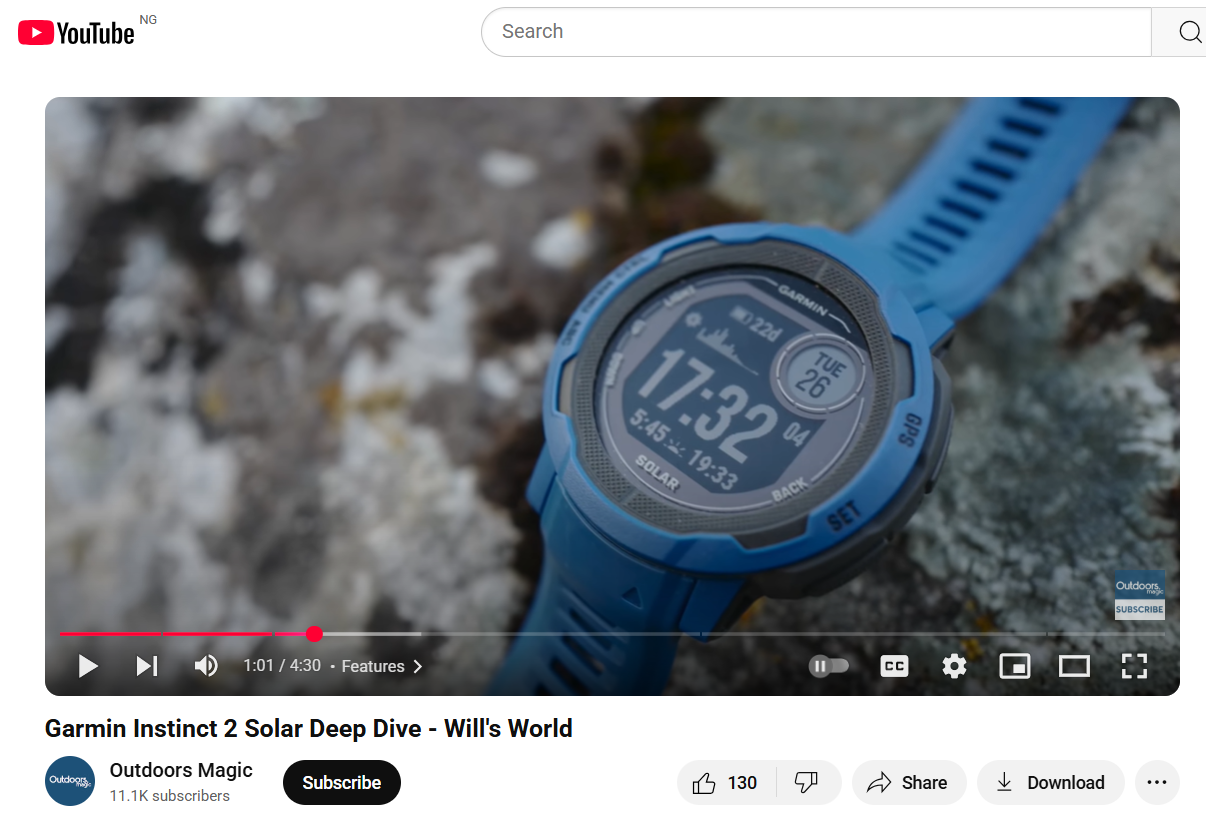
The emphasis is on the experience, the connection with nature, and the stellar performance of the watch throughout. With this framing, the watch becomes more than a gadget; it’s a companion in memorable adventures.
The best part? You don’t need drones or production crews to get video storytelling right. You can even shoot a meaningful story on your phone. What matters most is the message you’re delivering and the feeling you’re trying to evoke.
Why Video Storytelling Works So Well for Ecommerce Brands
Shopping has always been more of an emotional experience than a logical one. HBR’s research shows that when companies connect with customers’ emotions, the payoff can be huge. And video is arguably the best medium for building those connections.
Unlike text or images, videos carry emotion through movement, sound, pacing, tone, and even silence. It holds attention long enough to make a real connection. And in ecommerce, where customers can’t touch or try the product, that connection is everything.
Practically speaking, video storytelling does three things that directly impact your bottom line:
- It builds trust. Seeing a real person use the product in a real setting adds credibility. It feels unscripted and honest.
- It improves recall. A study by Stanford’s own Dr. Jennifer Aaker tells us that people remember stories up to 22 times more than facts alone. Put simply, your product features will be forgotten, your story won’t.
- It creates belonging. When someone sees their own routine, style, or identity reflected in a video, they’re far more likely to buy. Because it doesn’t just say “buy this.” It says, “this belongs in your life.”
You’ve probably heard the saying: “People don’t buy products. They buy better versions of themselves.” Video storytelling makes those versions feel closer than any other medium ever could. And when every competitor’s Product Detail Page (PDP) has the same five-star reviews, your video story becomes the tiebreaker.
Building Blocks of a Standout Video Story
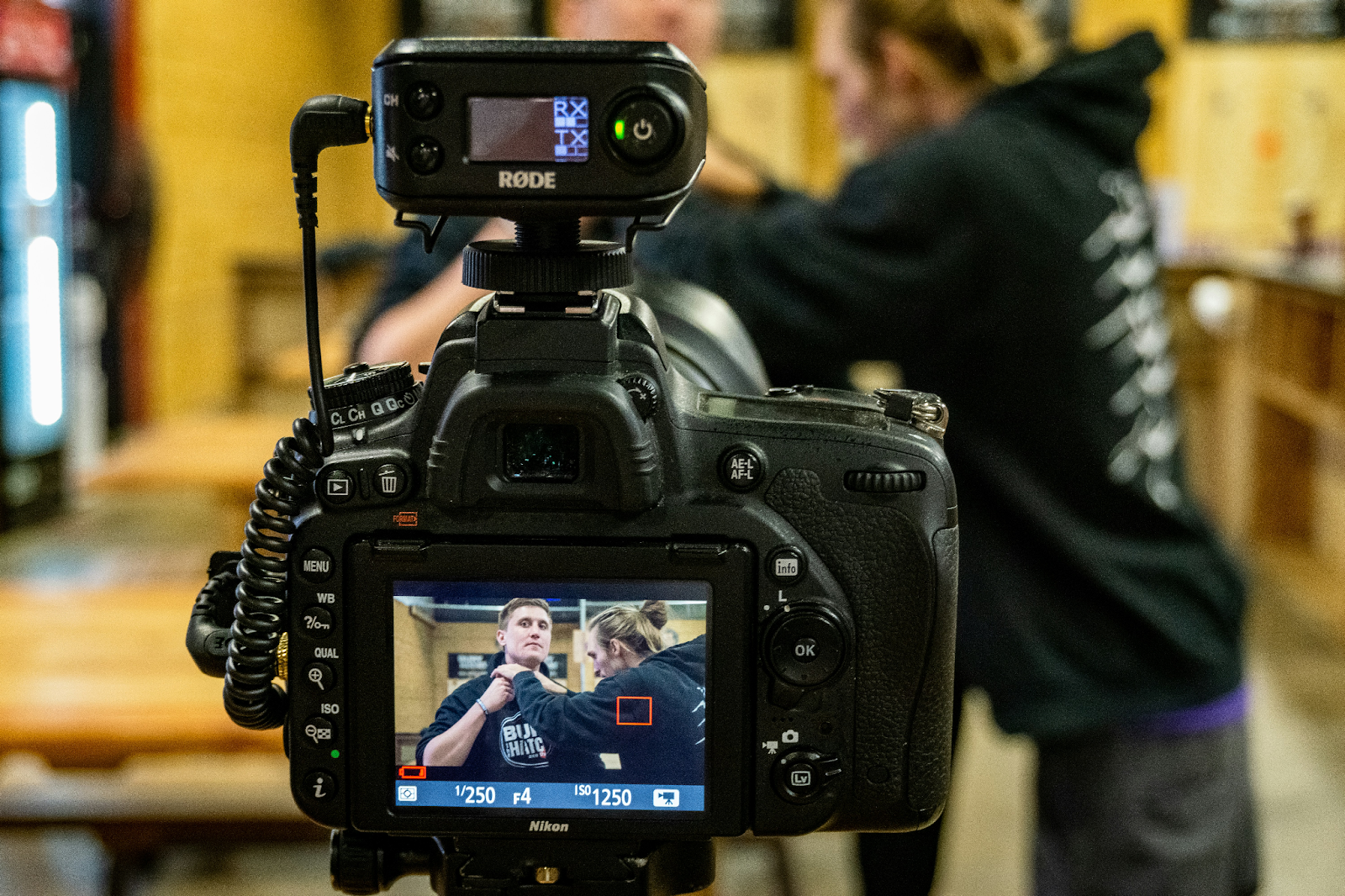
Every memorable video story leans on a few key ingredients. Nail these, and you’ll turn a simple product showcase into something people remember fondly.
- A relatable Character: Pick someone your audience recognizes. For a fashion brand, it could be a busy parent slipping into a soft tee before a school run. In home decor, maybe a young couple arranging a new lamp in their living room. When viewers see themselves in that person, they become invested. The goal is to get an “I know that feeling.”
- Context: When and where is this happening? Set the scene. A sunlit kitchen. A cluttered bedroom. A rainy sidewalk. These moments quietly frame the product’s place in real life.
- Tension: Tension doesn’t have to be dramatic. It can be as simple as wanting a cozier cup of coffee each morning. Or the stress of getting dressed when nothing feels right. Tension gives the viewer something to root for.
- Resolution: This is where the product naturally shows up. It doesn’t necessarily save the day, but it adds to it. The transformation is subtle but satisfying. Clothes that feel like you. A weighted blanket brings calm on restless nights. This “aha” moment feels earned and real.
- Tone: Decide how you want viewers to feel at the end. Do you want them to feel calm, comforted, inspired, or excited? Your music, pacing, and visuals should all work toward this. A soft acoustic track and warm lighting can leave people feeling cozy. Bright colors and quick cuts can spark energy.
The closer your story gets to everyday life, the closer it gets to your customer. Take Glossier’s approach to skincare videos, for instance. The brand doesn’t prioritize showing flawless skin. Instead, they show real people in real bathrooms, dealing with real mornings like in their 2016 #GetReadyWithMe YouTube series.
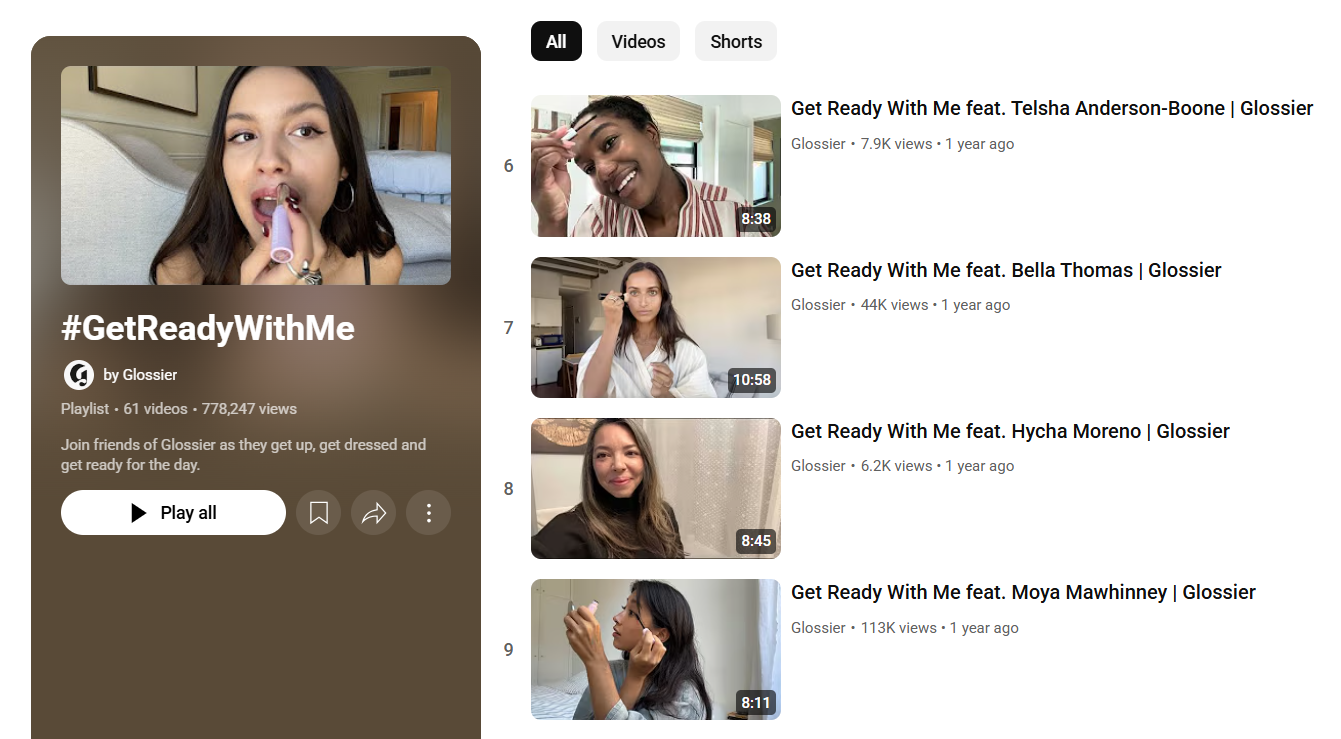
The product becomes part of a routine that feels achievable, not aspirational. Similarly, your video storytelling approach doesn’t need to be loud. It just needs to be real.
A Simple Formula to Craft Your Own Video Story
A good video story needs a structure that works. Here’s a simple framework for ecommerce brands to shape strong, relatable video stories without overcomplicating things.
The Video Storytelling Formula
→ Hook → Setup → Moment → Shift → Close
Let’s break that down:
- Hook: Start with a detail that feels honest. Something small but specific. A quiet sigh in the mirror. The rustle of tissue paper. A line of dialogue like, “I’ve tried everything.” This stops the scroll, not with flash, but with feeling.
- Setup: Introduce the character and hint at the tension. You don’t need exposition. A single visual can do the job. Maybe it’s someone rushing to get dressed with five outfit rejects on the bed. No voiceover needed.
- Moment: Bring the product in naturally. Not as a solution, but as a part of the moment. The skincare bottle sitting calmly on the sink. The dress that slips on and just works.
- Shift: Let viewers feel the product’s impact. Not through claims or specs, but through the scene. A breath. A smile. The quiet confidence in their body language. The shift is emotional first, functional second.
- Close: End on a feeling, not a pitch. Maybe it’s a soft laugh or a clean bathroom counter. Don’t oversell. Let the story breathe.
Quick Example: Fictional Outwear Brand
- Hook: A young woman rushes out the door as heavy rain hits the pavement. No umbrella. No pause.
- Setup: She fumbles through her backpack at a crosswalk, soaked from her last “waterproof” jacket. People rush past with umbrellas. She exhales, frustrated.
- Moment: Cut to her slipping into a sleek, lightweight shell from the new brand. The zipper catches with a clean click. She steps outside again, this time, unbothered.
- Shift: Later that day, she’s on a video call. Hair still frizzy, sure, but the jacket’s still dry, still sharp. She notices it hanging behind her on a hook and smiles.
- Close: A final shot of her walking home, casually kicking at puddles.
Bring Your Brand’s Story to Life With Tolstoy
Creating exceptional video stories, especially at scale, often means huge budgets and endless production days. This is where Tolstoy rewrites the rules for ecommerce brands, helping you create exceptional shoppable videos fast, affordably, and always on-brand.
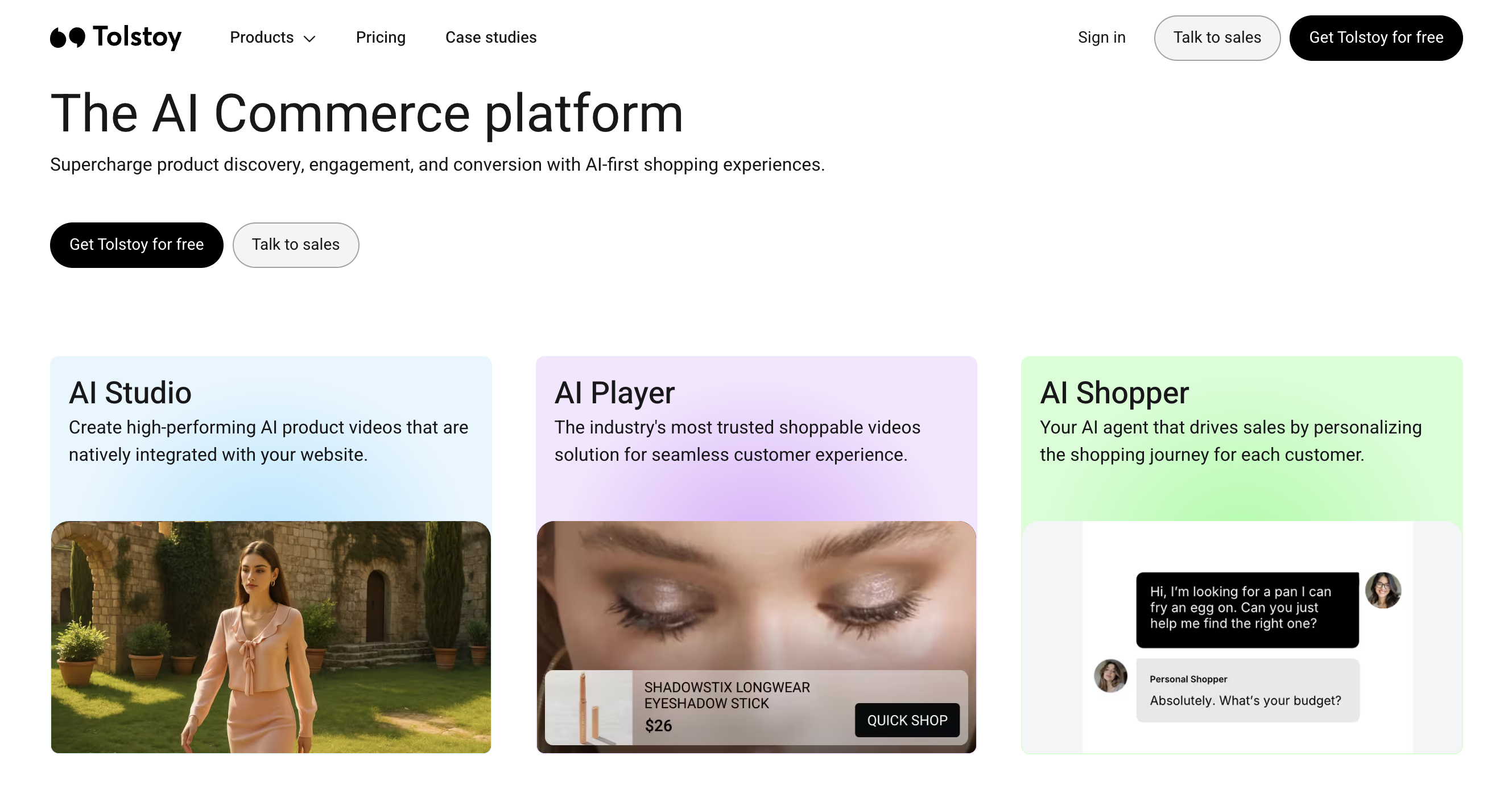
Our AI-powered platform automatically generates high-quality videos directly from your existing product catalog. We handle everything from pulling your product images, animating fabrics, swapping plain backgrounds for lush scenes, and even generating try-on models in different sizes.
Plus, with one-click publishing to your Shopify store, product pages, or even email campaigns, Tolstoy deeply integrates video storytelling into your sales funnel, so your authentic stories reach customers effortlessly. Get in touch today.
Key Takeaways
Video storytelling goes well beyond selling a product to showing what life looks like with that product in the picture. For ecommerce brands, it’s one of the few ways to create real emotion through a screen.
The brands doing it best aren’t the loudest. They’re the most honest. Whether you’re just starting or scaling fast, a good story still wins hearts (and shopping carts).
Tolstoy supports you by making it effortless to turn your product pages into a personal, story-first journey, without the studio budgets. If your product solves a real problem, your story already exists. You just need to film it. Start with Tolstoy for free today.
FAQs
The AI commerce era is here!
Ready to accelerate
your brand?
Table of contents
More stories

3 Best Shopify Themes With Video Headers
Video headers are a great way to capture the attention of potential customers. Check out three Shopify themes with video headers to choose from for your store.


